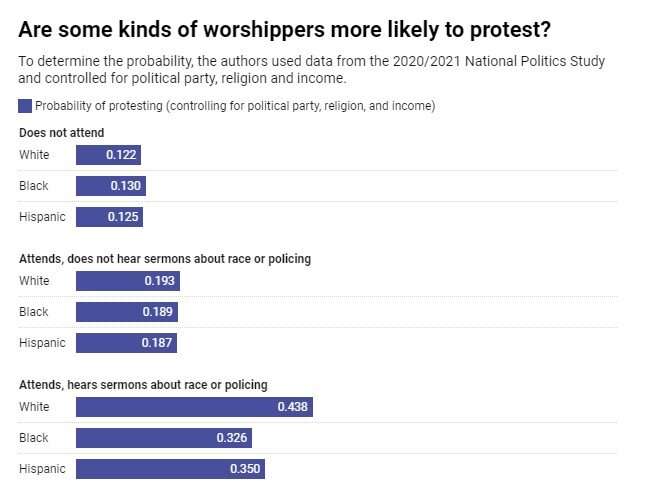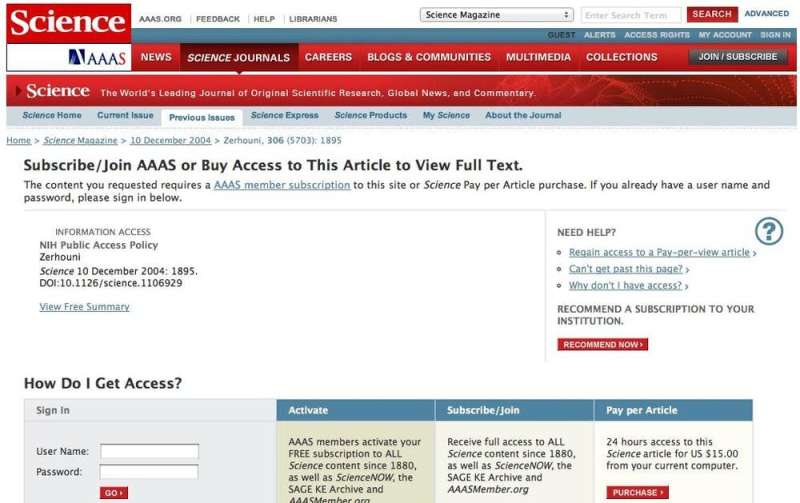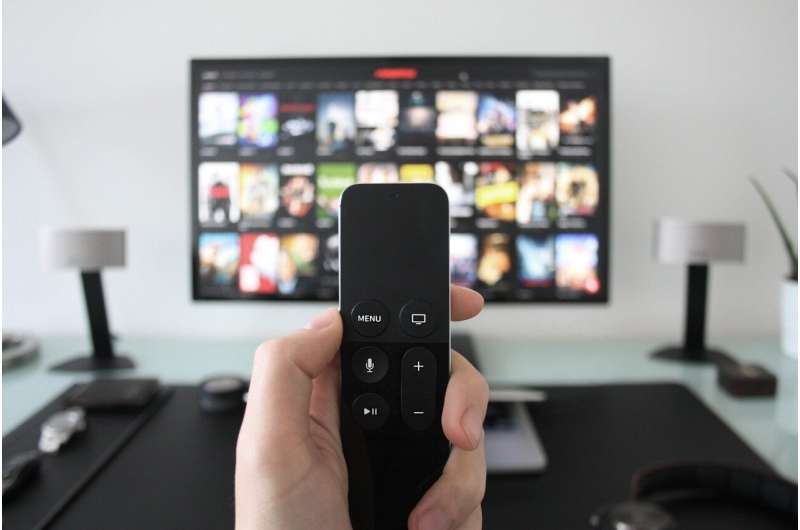Study: NFL failed to follow its own policy in punishing violent offenses

From 2010 to 2019, the National Football League did not follow its own personal conduct policy in punishing players who committed violent acts, including violence against women, according to a new study.
Findings published in the Journal of Sport and Social Issues show that players who committed "general violence"—that is, violence not specific to women—received, on average, less than a third of the minimum requirement for number of games suspended, according to league policy. Players who committed acts of violence against women received longer suspensions but, on average, still fewer games than the league minimum.
"We don't wish to draw attention away from violence specific to women, but our findings, we think, suggest that the league has less of a problem in this area and more of a problem addressing violent behavior in general," said Jacquelyn Wiersma-Mosley, professor of human development and family sciences at the U of A. "In fact, the league punished players who committed drug offenses twice as much those who committed general acts of violence."
Wiersma-Mosley and undergraduate student Krystyna Gotberg gathered data from a public list of 176 NFL players who violated league policies and received game suspensions between 2010 and 2019. The researchers created a database that housed player information, violation, number of games suspended and other pertinent information derived from public websites and news outlets, including ESPN News, Denver Post, Pro Football Talk, NFL.com, U.S. Today and the New York Times.
There were four types of violations:
- Violence against women, including sexual assault, rape and domestic violence.
- General violent behaviors, including assault and battery.
- Drug-related offenses, including substance abuse, alcohol, driving under the influence, illegal drugs and performance-enhancing drugs.
- Minor sports-related infractions, including missing a team meeting.
More than half of the violations were for violent offenses, the researchers found, though only 14 percent of the total violations were for violence against women. At 40 percent, general violent behaviors accounted for the highest number of cases. The average number of game suspensions for general violent offenses was 1.75. Average number of game suspensions for violence against women was 4.08. Players received suspensions of 4.05 games for drug-related offenses and 1.88 for minor infractions.
"There was surprisingly little empirical research out there on violence against women in the NFL and whether the league holds players accountable for it," Wiersma-Mosley said. "Finding that it doesn't was less surprising than discovering how little the league punishes players for general violence. We think these findings naturally inspire many additional questions about implementation of league policy and labor relations between owners and player."Just a game? Study shows no evidence that violent video games lead to real-life violence
More information: Krystyna Gotberg et al, An Empirical Investigation of Violence Against Women in the NFL, Journal of Sport and Social Issues (2021). DOI: 10.1177/01937235211043645
Provided by University of Arkansas








